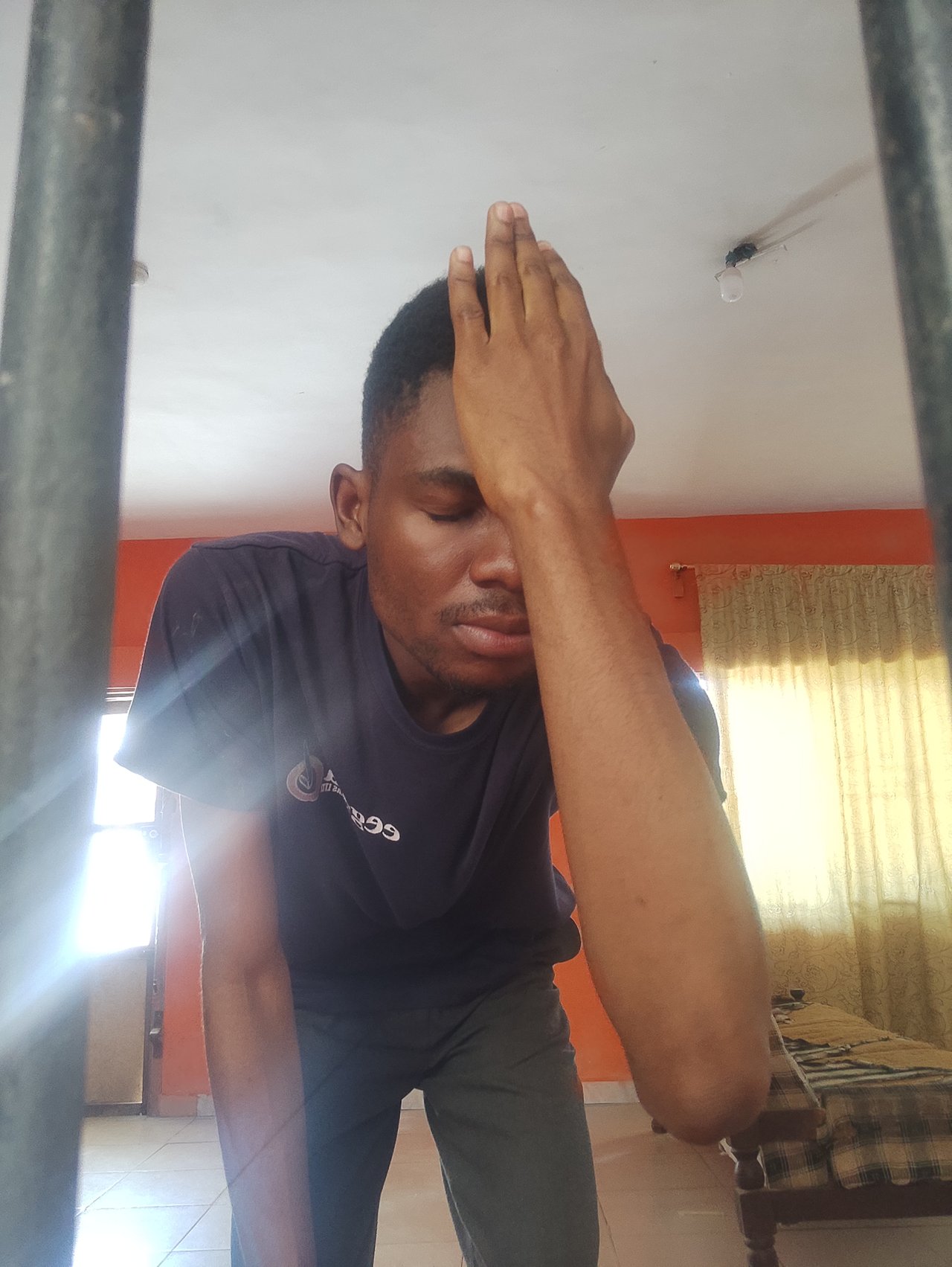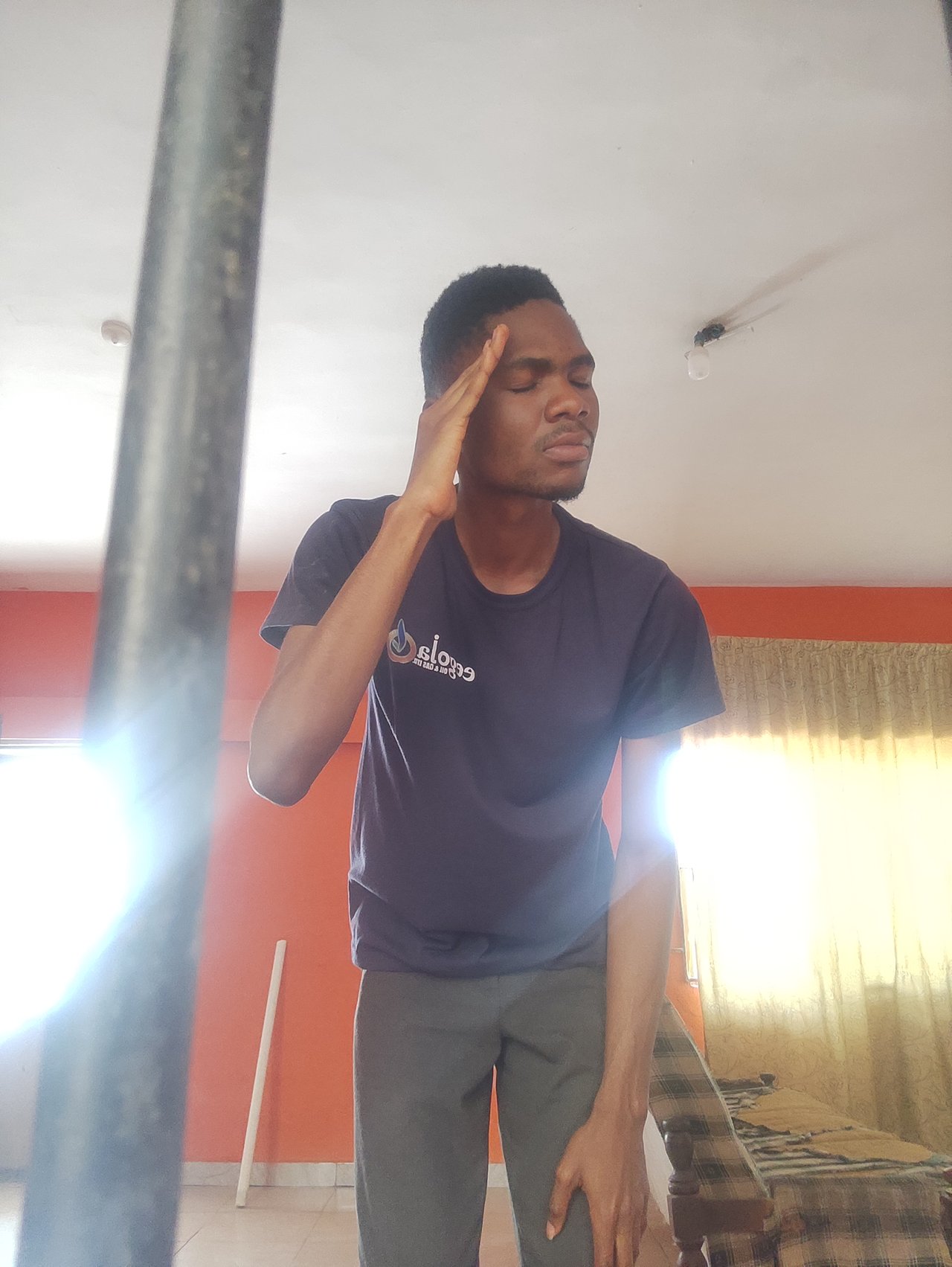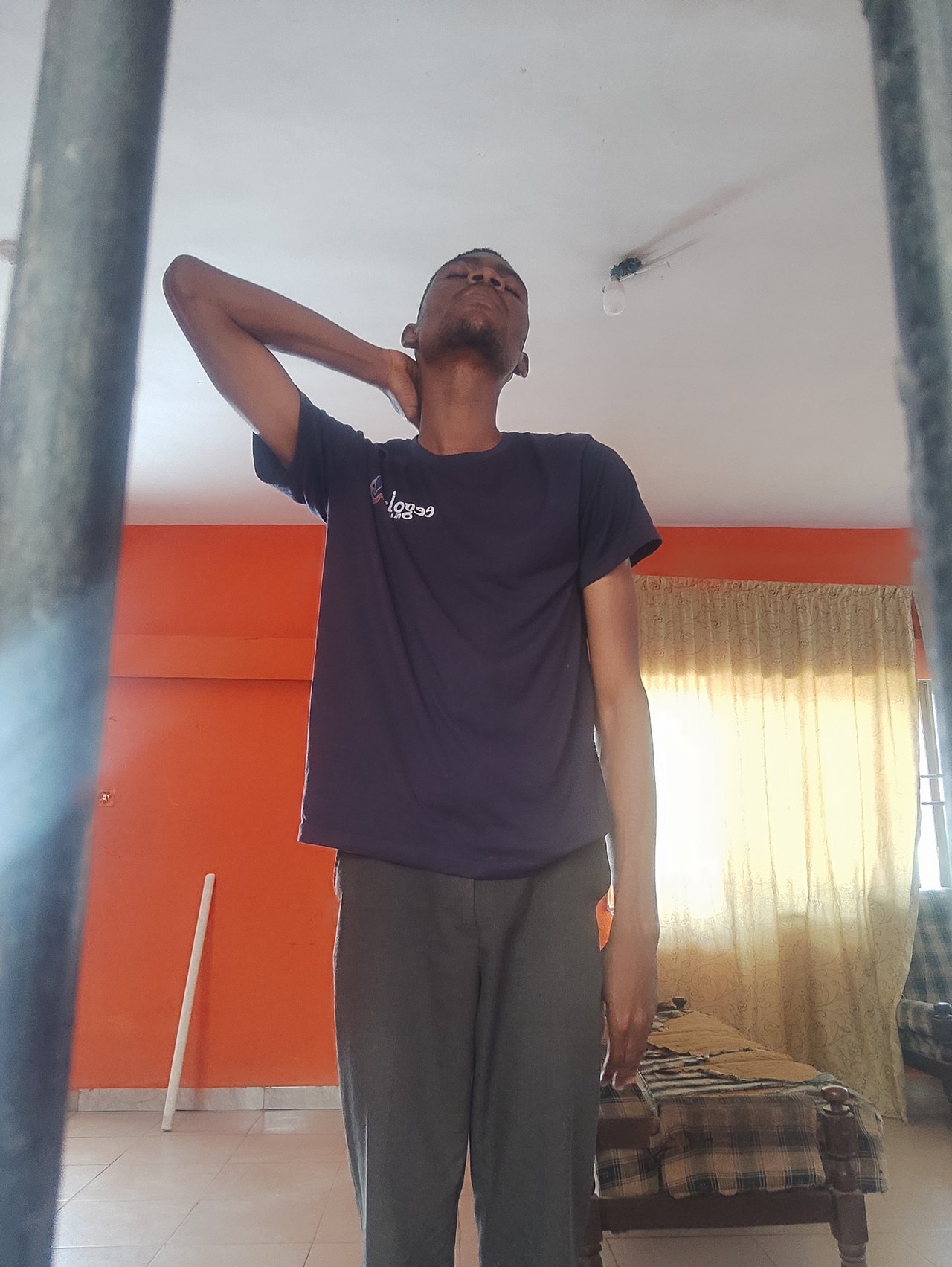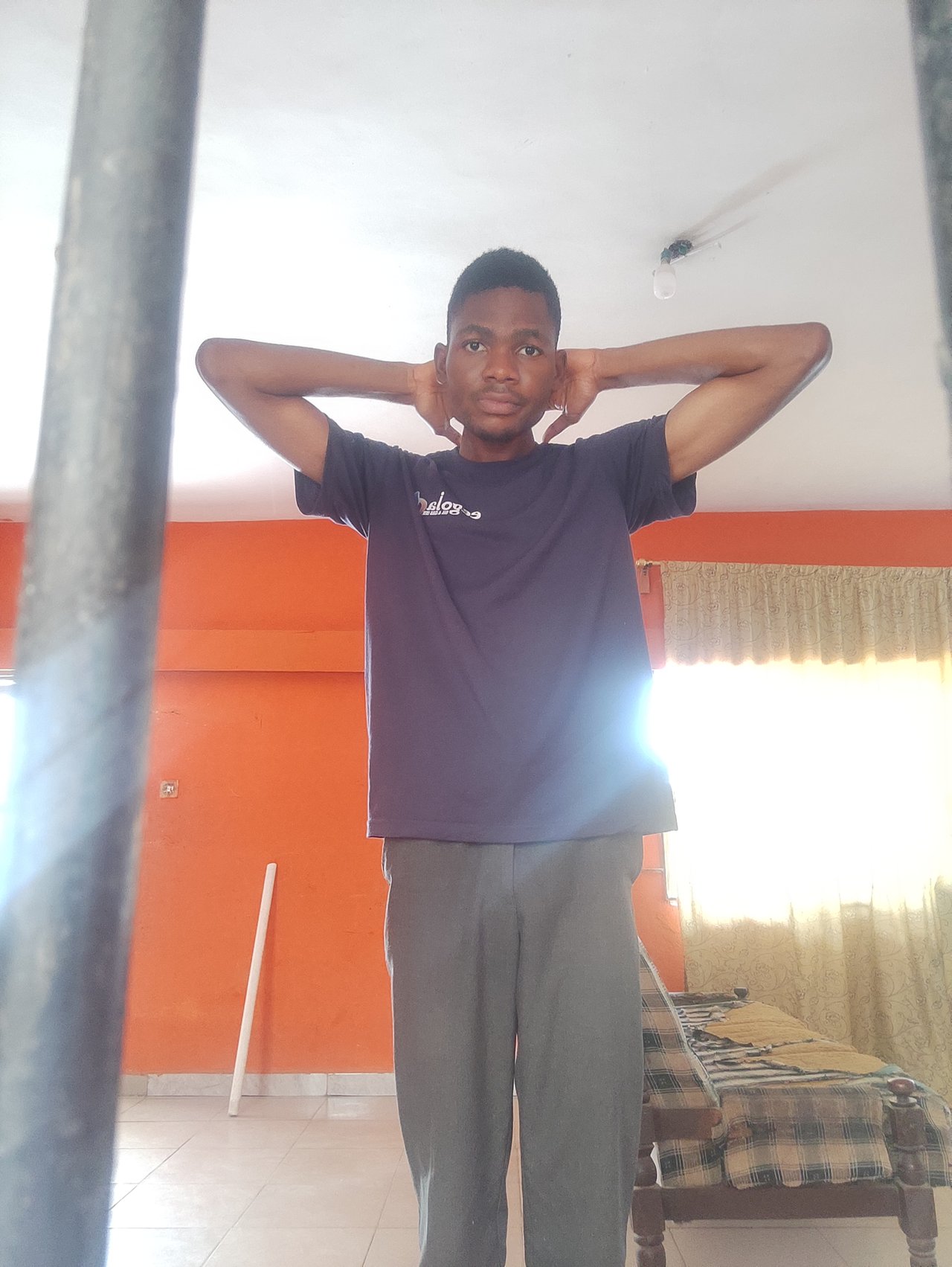Steemit Learning Challenge-S21W3; Cervical Radiculopathy
2 comments

Designed With Canva.
It is always a joy for me whenever I have the opportunity to participate in the Steemit contest weekly and today I will be participating in the crypto academy community contest. Stay tune below.
What's Cervical Radiculopathy? Write in your own words after getting knowledge from the lesson post
After reading the lesson, I was able to pick from my own understanding that Cervical Radiculopathy is actually a condition that usually happens whenever the nerve in the neck gets compressed and most of the time, it is due to the narrowing of the spinal canal according to what the teacher point out.
Not only that it is also called the pinched nerve as it always affects the neck region. Whenever nerves exit out of the spinal cord down to the arms and then to the hands, it leads to the condition called Cervical Radiculopathy.
Causes of Cervical Radiculopathy
There are a few causes of Cervical Radiculopathy which I would like to point out below;
- Herniated Disc: Most of the time, whenever the disc that exist around our vertebrae have injury, this can lead to the discs to rupture which can cause a pressure on the nerve close around the vertebrae.
- Bone Spurs: Also, it can be due to bone Spurs and this works in a way that as we continue to age, our bone around the spine will continue to have some bony growth which can cause compression.
- Degenerative Disc Disease: There is something called the Disc Disease which whenever it happens makes the spine wear out and can begin to put pressure on the nerves as time goes by.
Symptoms Of Cervical Radiculopathy
Most times, it is also expected that one will start treating it at the early stage whenever you notice the symptoms of Cervical Radiculopathy which I will be talking about some of them also.
- Pain: Of course this is the first symptom but not just anyhow pain from the body. Whenever you begin to feel pain around your neck moving down to your hand and shoulder, then it can be a symptom.
- Numbness or Tingling: There is something called the Numbness which you will begin to feel sensations like pins and needles in some part of your body that the nerve is working.
- Weakness: In most cases, you will begin to feel weakness also around your hand and arm which can affect your arm movements. This can also be a sign of Cervical Radiculopathy.
Diagnosis Of Cervical Radiculopathy
For some of us wondering, how then do doctors diagnose the condition. Well, there are different avenues to find out that an individual has Cervical Radiculopathy which is also below;
- Physical Exams: The first is through the Physical Exam and this happens when they begin to check the muscles strength and your neck movements responses.
- Imaging Tests: There are some test that can be carried out to point out the condition. Example like CT scans and even x-rays. They can help give the view of the spine and to show whether there is the condition of the Cervical Radiculopathy around the neck.
- Electromyography (EMG): Lastly is through Electromyography though it is not really that common.
Treatment of Cervical Radiculopathy
Of course Cervical Radiculopathy as a condition can be treated using some following treatments below;
- Medication: Some prescribed medications like steroids, muscles relaxants can be given to help reduce pain and treat the inflammation.
- Physical Therapy: The second one is through Physical Therapy and this is the most common type. It is done through exercises that can help to increase the strength of the neck and shoulder muscles.
- Injections: Lastly is through the use of Injections but most of the time this particular type of treatment is followed when the condition is in severe state. There are Corticosteroid injections which can be given to help treat inflammation around the nerve.
How would you diagnose a Cervical Radiculopathy? Any clinical investigation or assessment tests?
If I want to diagnose cervical Radiculopathy, it will involves a lot of physical exams, some imaging studies and some specialised test that will be carried out. These are some of the clinical tests I will be using for the diagnosis below;
1. Medical History and Physical Examination
I will make sure that I check the patients symptoms to see how the condition level is for the patient currently.
I will also make sure I take a physical exam on that patient to be able to know the muscles strength, the coordination and generally to test for the performance of the neck movements to check for the nerve strength and state also.
2. Specialized Physical Tests
The second way I will carry out the diagnosis is through some specialised physical test which is below;
- Spurling’s Test: I will make sure that I carried out the Spurling Test and that will be done by making the patient head to fall towards the side where pressure is been applied. If I notice any symptoms, that means there is a compression on the nerve.
- Shoulder Abduction Test: This will be the second test I will carry out and I will do that by telling the Patient to raise his or her arm and place it on their own head to check the tension level of the nerve. This can help me to know about Cervical Radiculopathy.
- Cervical Distraction Test: Lastly, I will make sure that I carried out the Cervical Distraction Test and I will do that by lifting the patients head to check whether if the symptoms is relivering or not. This will help me to know the chronic state of the condition.
3. Imaging Studies
Apart from the two I mentioned earlier, I can also carry south the imaging studies which will include some tests below;
- X-rays: x-rays will be useful for me to be able to notice any structural issues in the spine which might be a leading cause of Compression
- MRI (Magnetic Resonance Imaging): I will also carry out MRI because it will help to give me images about the soft tissues that is affecting the nerve roots
- CT Scan or CT Myelography: Lastly, I will carry out CT scan but only in situations whereby MRI is not an option.
Try to practice at least 3 exercises that you have learned from the lesson. Share images, gifs or videos while practising.
Alright for the sake of this Lessons, these are the list of the exercises I will be participating below;
- Isometric Neck Flexion
- Isometric Cervical Rotation
- Isometric Neck Extension
- Isometrics Neck Retraction
1. Isometric Neck Flexion

Video Below 👇
2. Isometric Cervical Rotation

Video Below 👇
3. Isometric Neck Extension

Video Below 👇
4. Isometrics Neck Retraction

Video Below 👇
Share your review after performing these exercises either on yourself, healthy individual or patient.
1. Isometric Neck Flexion

In this particular exercise, I make sure that I press my forehead to my hand. Carrying out this particular exercise was easy as gentle pressure was exercise on it. One of the things I actually noticed when doing this exercise was that my front neck muscle was strengthen than before and now improves my neck stability and movement.
2. Isometric Cervical Rotation

For this particular exercise, how I was able to exercise it was to rotate my head and pressing the side of my head to my hand. But I will make sure that my head was not turning. At first it was actually challenging for me but along the way master the act of doing it and one of the things I noticed was that it helps to improve easy movement around my shoulder, neck also. Kind of helping me to improve my rotational strength and I believe this exercise can also help to reduce neck stiffness.
3. Isometric Neck Extension

The way I carry out this particular exercise, I make sure that the back of my head on my hand but I will do it without moving. Actually it was also challenging for me but I make sure that I didn't apply so much pressure so that it will not cause strain. It helps to increase my posture support and will help to enhance neck stability most of the time.
4. Isometrics Neck Retraction

It deals with the pulling of the head back gently and then holding my resistance to me moving forward. The exercise was kind of tricky for me at first but it was easy for me. This particular exercise helps to strengthen my muscles around.
Thank you for this lecture, looking forward to more interesting and benefiting lectures in the more weeks to come
I invite @lovelystar , @newekemini5 and @okere-blessing to drop a very constructive comments on this post and also to participate in this contest.
Comments